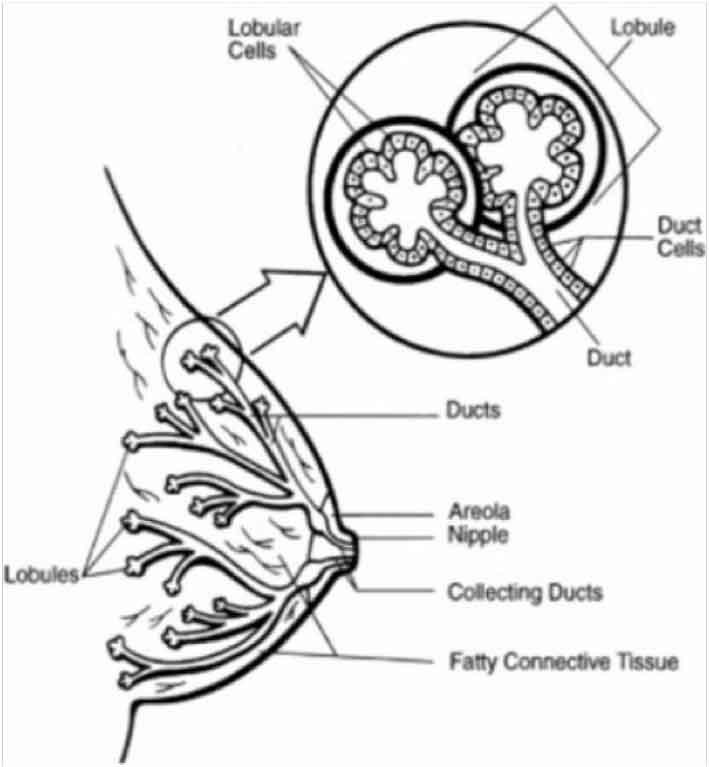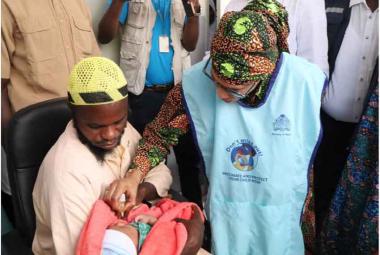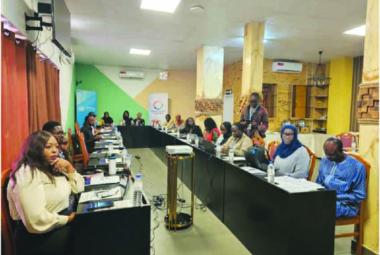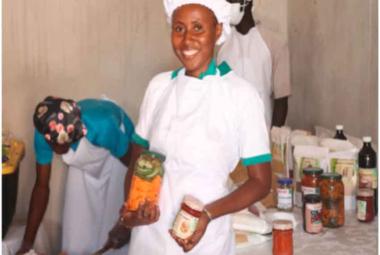Breast cancer is the most frequently diagnosed life-threatening cancer in women and the leading cause of cancer death among women. In the last two decades, researches related to the breast cancer has led to extraordinary progress in our understanding of the disease, resulting in more efficient and less toxic treatments. Increased public awareness and improved screening have led to earlier diagnosis at stages amenable to complete surgical resection and curative therapies. Consequently, survival rates for breast cancer have improved significantly, particularly in younger women According to world Health Organisation (WHO) female gender is the strongest breast cancer risk factor. Approximately 0.5–1% of breast cancers occur in men. The treatment of breast cancer in men follows the same principles of management as for women.
Certain factors increase the risk of breast cancer including increasing age, obesity, harmful use of alcohol, family history of breast cancer, history of radiation exposure, reproductive history (such as age that menstrual periods began and age at first pregnancy), tobacco use and postmenopausal hormone therapy. Approximately half of breast cancers develop in women who have no identifiable breast cancer risk factor other than gender (female) and age (over 40 years). The WHO Global Breast Cancer Initiative (GBCI) is to reduce global breast cancer mortality by 2.5% per year, thereby averting 2.5 million breast cancer deaths globally between 2020 and 2040. Reducing global breast cancer mortality by 2.5% per year would avert 25% of breast cancer deaths by 2030 and 40% by 2040 among women under 70 years of age. The three pillars toward achieving these objectives are: health promotion for early detection; timely diagnosis; and comprehensive breast cancer management. In an interview with Dr Lamin Jaiteh, Consultant General and a Surgical Oncologist at the Edward Francis Small Teaching Hospital, he defined breast cancer as cancers originating from breast tissue, most commonly from the inner lining of milk ducts or the lobules that supply the ducts with milk.
He further explained that breast cancer cells begin inside the milk ducts or in the milk-producing lobules of the breast; that the earliest form (in situ) is not life-threatening. “Cancer cells can spread into nearby breast tissue (invasion) and this creates tumours that cause lumps or thickening,” he added. He went on: “The breast is composed of two main types of tissues that is glandular tissues and stromal (supporting) tissues. He went on to elucidate that Glandular tissues house the milk-producing glands (lobules) and the ducts (the milk passages) while stromal tissues include fatty and fibrous connective tissues of the breast. The breast is also made up of lymphatic tissue-immune system tissue that removes cellular fluids and waste”.
Dr Jaiteh went on to note that there are several types of tumors that may develop within different areas of the breast. He said most tumors are the result of benign (non-cancerous) changes within the breast. For example, fibrocystic change is a non-cancerous condition in which women develop cysts (accumulated packets of fluid), fibrosis (formation of scar-like connective tissue), lumpiness, and areas of thickening, tenderness, or breast pain Dr Jaiteh further illuminated that there are two main types of breast cancer: ductal cancer that affects the ducts and lobular cancer. This distinction is important because their outcome and survival rates are not the same.
On the stages of breast cancer, Jaiteh mentioned that the stages can be categorized as early and late diagnosis of breast, “when we talk about early stage cancer that is still within the breast and it may or may not spread to the armpit or the next stage where the cancer cells will grow, so early cancer detention will be a small lump that will not involve the whole breast,” he explained. Late diagnosis of breast cancer is having a lump that affects the whole breast or change the color of the breast, Cancer that have move away from the breast to other parts of the body can affects the lungs, brain etc. The Surgeon highlighted that cancer diagnosis takes the participation of the individual and a health care worker, He emphasizing that there is a need for awareness creation as there is what is described as breast self examination, women most of the times have can examine their breast by themselves to be able to get used to the normal anatomy so that if anything abnormal appears they can get attention from a health care professional.
On the treatment methods the general surgeon said that, there are various and most of the time depends on what stage the cancer is. He explained that the early stage of treatmentis limited in some ways.breast cancer surgery is always at the main stage, He further explained that the surgery can be in two folds, breast conserving surgery meaning when the lump is small it can be operated whiles if the lump is bigger Metastatic can be done removing the entire breast and this is why it is very important to sensitize women to come for early diagnosis. Chemotherapy is the use of anti-cancer drugs to treat cancerous cells. Specific treatment for the breast cancer will be based on; overall health, medical history, age, type and stage of the cancer, tolerance for specific medications and procedures etc. He underscores that Chemotherapy treatments are often given in cycles; a treatment for a period of time, followed by a recovery period, then another treatment.
“Chemotherapy can be given before surgery to shrink the tumor and sometimes make breast conserving surgery possible rather than a mastectomy. Many times, it is given after surgery and may be given every three weeks or every two weeks in a dose dense.” he noted. Radiotherapy is the same principle with x-rays but is more powerful that is used in order to kill cancer cells and radiotherapy sometimes may not be necessary for example if the breast is remove, one may not need radiotherapy if only the lump is removed. Hormone therapy is also another option as breast cancer is known to be a hormone dependent and the hormone involve in that is estrogen so hormonetherapy is given to actually reduce the level of hormone.
On the long term treatment Dr Jaiteh said chemotherapy is given for six months, radio therapy 3-4 months, some women might be put on hormone therapy for two- five years just to make sure the cancer does not come back “Once treatment is done we tend to follow-up on women on regular basis for further investigations and to also avoid reoccurrence,” he noted. According to Dr Jaiteh, genetics plays an important part in breast cancer as there are certain genes that exposes the individual and make you likely to get breast cancer and also the notion of the family history, in some families if the mum has breast cancer the daughter should be a bit worry and should examine herself constantly to be able to detect cancer if there is any at an early stage. Certain inherited high penetrance gene mutations greatly increase breast cancer risk, the most dominant being mutations in the genes BRCA1, BRCA2 and PALB-2. Women found to have mutations in these major genes may consider risk reduction strategies such as surgical removal of both breasts. “On child birth and Breast cancer he said breast cancer does not affect child birth but the issue comes during treatment because some of the modalities used (chemotherapy radiotherapy) are very toxic in the sense that they tend to affects the body and the womb.”
He said the chances of survival depends on how early it is detected and in early stage breast cancer for every 100 women 95% of them can survive it for 5 years. He revealed that breast Cancer is more common in younger women and according to the medical literature women 35-60 years of age are very vulnerable He concluded by urging women to go by healthy lifestyle, regular physical exercises to boast the immune system, healthy eating habits (fruits and vegetables) avoid heavy weight or obesity as it can make women vulnerable to breast cancer. Today there are so many approaches, which can be made for the treatment of the cancer of breast such as surgery, radiation therapy chemotherapy, hormonal therapy and recently nanotechnology and gene therapy. With advances in screening, diagnosis, and treatment, the death rate for breast cancer can declined and we all have a role to play and together we can make a change







